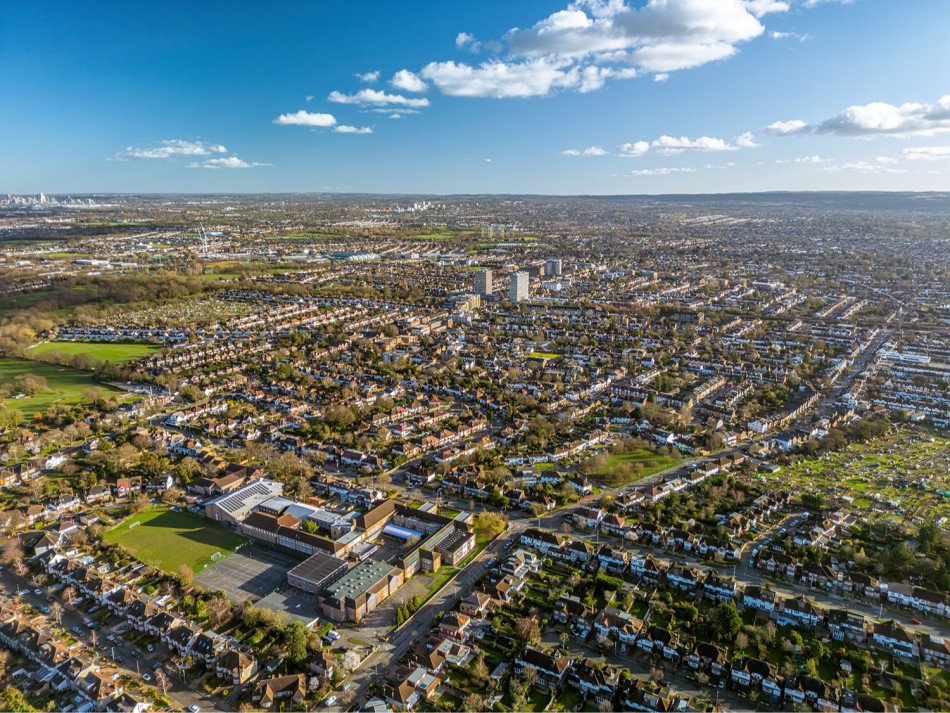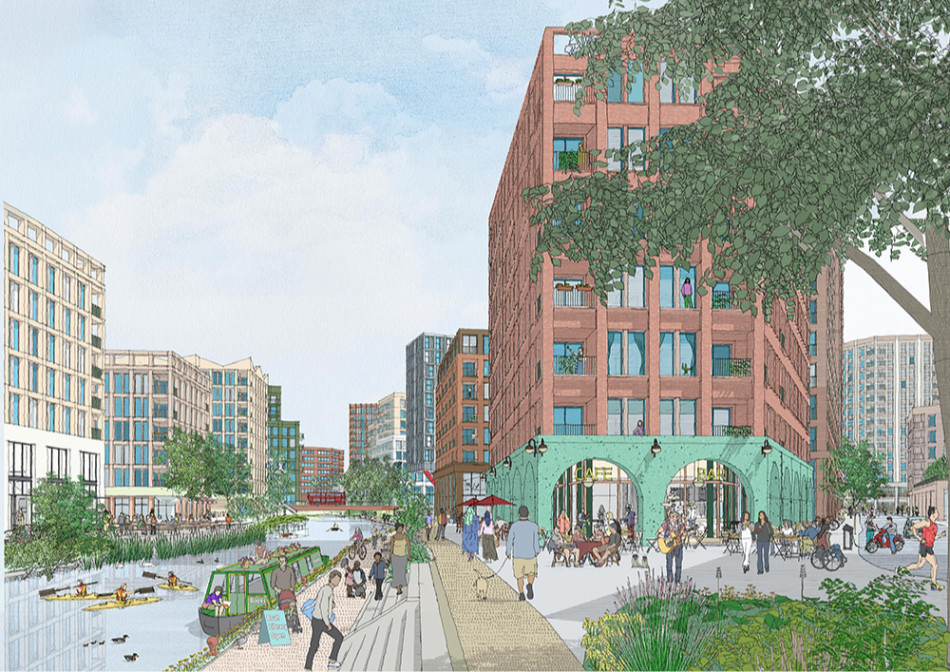Including retrofit, sustainable workplace, transport and energy.
London is one of the greenest cities in Europe with over 3,000 parks and green spaces. In August 2023, London introduced the World’s largest low emission zone with the expansion of the Ultra Low Emission Zone (ULEZ) to the whole Greater London geography. With this measure, 5 million more Londoners are set to breathe cleaner air.
London is at the epicentre of the low carbon economy in the UK, producing £48 billion worth of sales in this sector (2019). Green jobs are estimated to increase to 505,000 by 2030 and over 1 million in 2050 in London. This decade alone, green jobs are forecasted to increase by 8 per cent per year, which is double the annual rate of growth in the technology sector during the last decade (JLL Research).
Climate Tech is one of London’s fastest growing sectors, having raised $3.5B in 2023 which makes London the second largest market globally for climate tech investment. The top London climate tech startups that have raised the biggest rounds in 2023 included electric vehicle battery company Zenobe Energy (£870M), Octopus Electric Vehicles (£150M), and modular housing company TopHat (£70M).
There is significant demand for invest in green building solutions across London, notably large-scale retrofit of social and affordable housing stock. There are 810,000 social rented homes in the capital, but only 57% are estimated to be EPC C or higher.
More broadly, the commercial real estate decarbonisation opportunity is vast, with accelerated obsolescence for most sectors being linked to a range of factors that also include significant cost pressures to decarbonise buildings. Investment strategies to proactively identify refurbishment and redevelopment opportunities continue to emerge at scale. In the offices sector, corporate requirements tied to science-based targets are more than double the Prime office development pipeline, meaning a high proportion will need to seek alternative solutions through refurbishment.

London Heritage Quarter is supporting the work to develop Project SWAN (South West Area Network), a central London low-carbon heat network with the AECOM and Department for Energy Security and Net Zero.
The proposed Project SWAN will harness low carbon energy sources from the River Thames, TfL ventilation shafts and the London sewer system. It is estimated to supply 500 customer buildings from 4-6 local energy centres. On a borough-scale, the energy network would serve an area from Pimlico to Strand Aldwych, providing 402 Gwh of power. Project SWAN is estimated to provide a saving of 75,000 tonnes of carbon dioxide per year and 92% carbon savings by 2040. While timescales are being established, there is potential for initial phases to start in 2026-2027 with phased delivery over the next 5-8 years

Located in the largest adopted Opportunity Area in London and spanning 3 London Boroughs, the Old Oak West innovative heat network project is the first of its kind in the UK. Led by the Old Oak and Park Royal Development Corporation (OPDC), the network will provide low carbon heating captured from data centres in addition to zero carbon heating to existing businesses and homes, as well as heating OPDC’s wider plans for Old Oak West.
The district heat network is expected to deliver 95GWh of heat across 5 phases between 2026 and 2040.